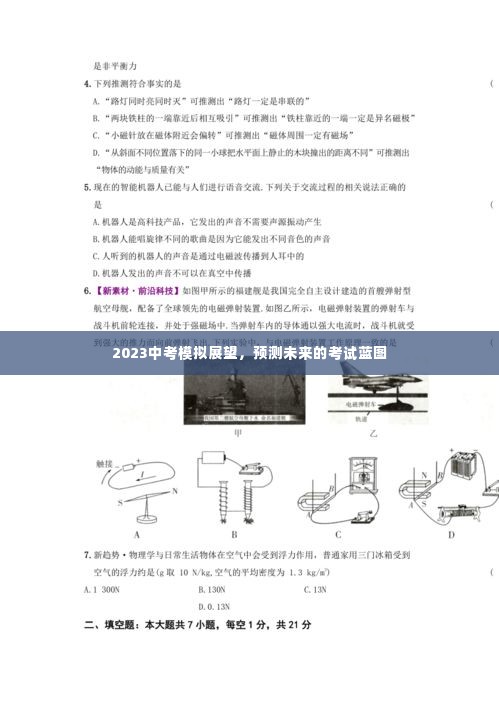Introduction to Standard English
Standard English, often referred to as "British English" or "American English," is the formal and standardized form of the English language that is widely accepted and used in official documents, academic settings, and international communication. It is characterized by its clarity, precision, and adherence to established grammatical rules. Understanding and using standard English is essential for effective communication in various contexts.
The Importance of Standard English
Standard English plays a crucial role in the world of business, education, and diplomacy. Here are some key reasons why it is important to use standard English:
Professionalism: In the workplace, using standard English demonstrates professionalism and respect for colleagues and clients. It helps to convey ideas clearly and avoids misunderstandings that can arise from informal or non-standard usage.
Clarity: Standard English is clear and straightforward, making it easier for readers to understand the intended message without confusion or ambiguity.
Formal Communication: In formal settings such as legal documents, academic papers, and official correspondence, standard English is the expected and required form of communication.
International Communication: Standard English serves as a common language for international communication, facilitating understanding and collaboration across different cultures and languages.
Basic Principles of Standard English
Using standard English involves adhering to certain basic principles that ensure clarity and correctness. Here are some key aspects to consider:
Grammar: Standard English follows the rules of grammar, including subject-verb agreement, tense consistency, and proper punctuation.
Spelling: Using correct spelling is essential to maintain the integrity of written communication. spell-checkers can be helpful, but they should not be relied upon exclusively.
Vocabulary: Standard English employs a wide range of vocabulary that is clear and precise. Avoid using slang or overly technical terms that may not be understood by a general audience.
Punctuation: Proper punctuation is crucial for the structure and flow of sentences. It helps to clarify meaning and separate clauses and phrases.
Common Mistakes to Avoid
Even native speakers can make mistakes when it comes to using standard English. Here are some common errors to be aware of:
Subject-Verb Agreement: Ensuring that the subject and verb agree in number and tense is essential. For example, "She has" is correct, while "She have" is incorrect.
Comma Splices: Combining two independent clauses with a comma instead of a period or a semicolon is a common error. For example, "I love to read, I read every day" should be corrected to "I love to read; I read every day" or "I love to read, and I read every day."
Split Infinitives: Splitting an infinitive by inserting an adverb or adverbial phrase is incorrect. For example, "To quickly read" is incorrect; "To read quickly" is correct.
Overuse of Slang and Colloquialisms: While slang can be appropriate in informal settings, it should be avoided in formal writing and professional communication.
Developing Standard English Skills
Improving one's standard English skills is a continuous process. Here are some strategies to help develop these skills:
Read Widely: Reading books, newspapers, and professional journals exposes you to a variety of writing styles and helps you learn proper usage.
Write Regularly: Practice writing essays, reports, and other written documents to refine your skills. Proofread your work carefully to catch any errors.
转载请注明来自天津锦麟商贸有限公司,本文标题:《规范的英文:规范的英文缩写 》












 蜀ICP备2022005971号-1
蜀ICP备2022005971号-1
还没有评论,来说两句吧...